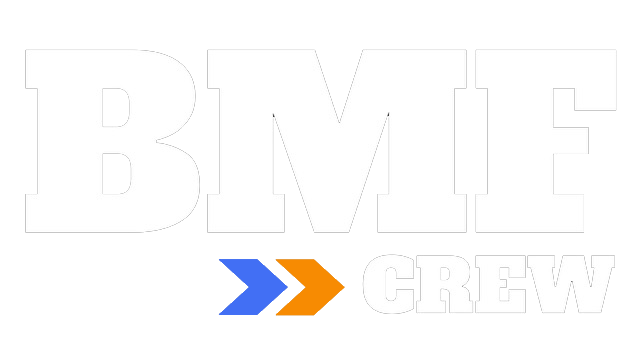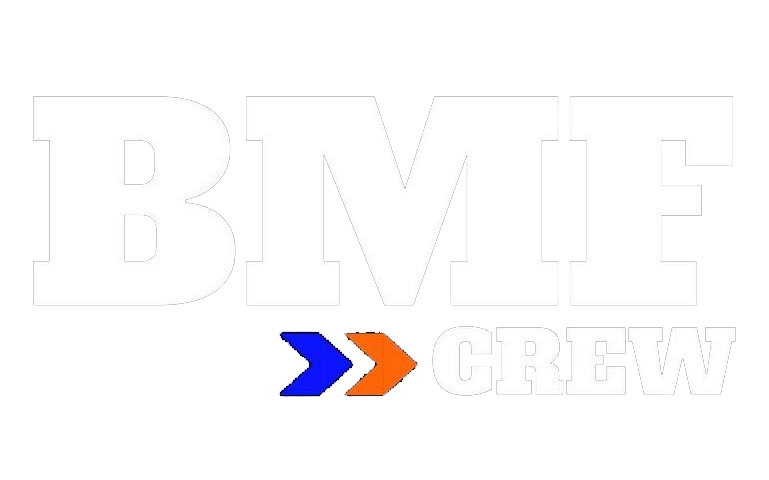HR Based Training – Worth it?
Hi BMF Crew,
The following tips are based around some simple principles for HR based training.
Firstly, if you are using HR to monitor your training, I want you to understand that you are looking at a longer term approach and a healthier way too increase your training volumes without over training (this part is important).
There are a few things that can interfere with HR which can sometimes give you different feedback. Caffeine and environment are the two main influences so be aware that they can elevate without any other outside factors.
When training for longer events and trying to become more comfortable and efficient in a given sport, HR is a great way to give you feedback.
There is a very basic way to work out your HR training zones by first estimating your max HR. The standard equation is 220 – your age. This is your estimated max heart rate.
If we use my age as an example (30yrs) my max HR is 190bpm.
90% + of Max HR = ZONE 5
You should spend as little time as possible in this area if you’re aiming to become better at long distance events. Lactate is extremely present in this threshold and will cause you problems if you spend too long here.
However there are some great methods I use to get into this place and drop back to get maximum benefit. This a great place to be burning up the energy and dropping body weight and stress.
80% – 90% of Max HR = ZONE 4
This is the place to be! This threshold is where you build a great base as lactate isn’t as present and you can still focus on form. In my programs I use this spot a lot and get great results.
60% – 70% of Max HR = ZONE 3
This is where most people should start out getting familiar here and working on distance and time spent in this really comfortable place. You will recover quickly and should feel ready and ok about starting another session. This threshold is great for recovery sessions as it still keeps the body moving but not working too hard.
There are definitely more ways to get more involved testing for max HR but these can be quite expensive. A Blood Lactate Test is around $300 and a VO2 Max Test can be upward of $500. I have done both these tests and my numbers were not far off the 220-age equation.
Once you understand HR and recovery it is much easier to plan your sessions properly. Otherwise you may find that you go for a 5-10km run on a Monday, run hard and then on Wednesday try do the same again but not get any better or feel like the effort is a lot greater. This is due to the body and central nervous system still not being fully recovered from the Monday session. This is most likely because you were in zone 4-5 the whole time. AKA- RED LINE!! This is the easiest way to burn out, get injuries and drop your training.
YOUR PLANNING IS THE KEY
A great strategic training plan will allow you to be in all zones through the week to get maximum benefits but not to over train. This will also decrease the risk of injury and maximize the desired result.
I also use HR based training to get clients to drop body fat and increase fitness without having a goal of an endurance event. It is the same principal just based around different goals. This is a great way to get rid of excess fat and get fit at same time (and quite quickly!). Different zones burn fat differently and time spent in these zones can either be GOLD or catastrophic.
I hope this has helped to show you more about training efficiently, rather than going in hard every time.
If you want more help with this, or are looking for a HR focused training program, I am happy discuss with you. Give me a call or flick me an email at 0404 448 124 or blake@bmfcrew.com.au
BLAKE MORRISON, Founder and Head Coach of BMF


